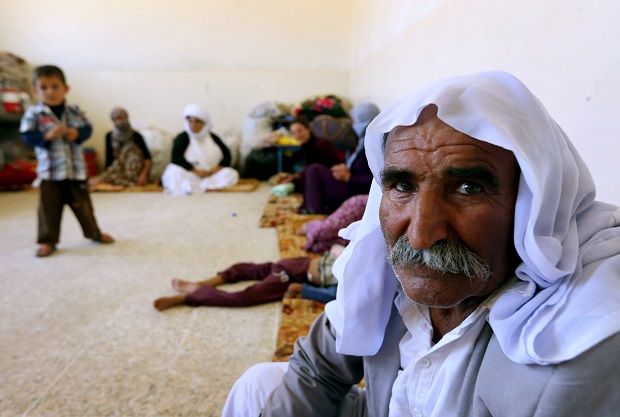What we are witnessing in Northern Iraq today is the unwinding of lives. Where once they were blurred, intertwined and interdependent, now they are monochrome, distinct, raw. The process is bloody and cruel.
The Yazidi community, which has worshipped in the area since before Jonah warned the king of Nineveh to repent, is being deliberately murdered. This isn’t the first time we have watched genocide happen.
In Rwanda one group committed the worst massacres since the Holocaust while we stood by. For many reasonable military reasons it was thought too difficult to act: the distance, the internal isolation, the confusion.
In Yugoslavia, we watched as men were murdered and women raped in acts perhaps best summarised by the atrocity of Srebrenica. But we didn’t want to get involved without the US or committed to enduring peacekeeping operations just when we had taken a peace dividend from the end of the Cold War. So a part of Europe descended into the worst violence since the second world war.
Today, the Yazidis on Mount Sinjar, some 40,000 according to reports, are isolated and surrounded by the Salafist murders of the so-called Islamic State. In the middle of the largely flat Northern Iraq desert their hope of escape without help is tiny and their choice is clear: starve or be massacred.
NATO also has a choice. Mount Sinjar is barely 100 miles from the nearest Alliance airbase; we can join President Obama and act. But the reality is that a few food deliveries and some small arms will not turn civilians — with women and children amongst them — into a force able to resist the murderous Sunni regime Our choice, and that of our allies, is to end genocide or again be witnesses to murder.
Tom Tugendhat is Director of Lashkar & Co






Comments